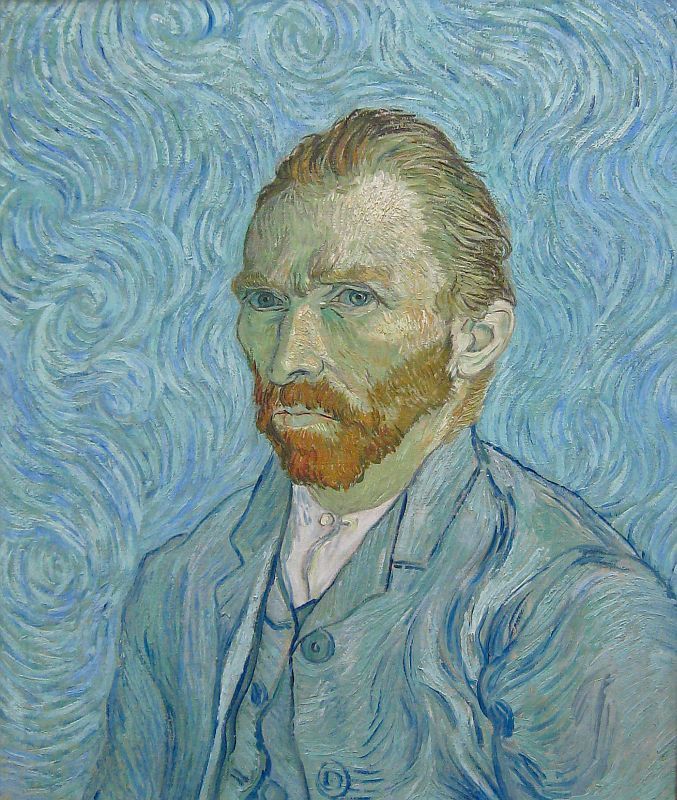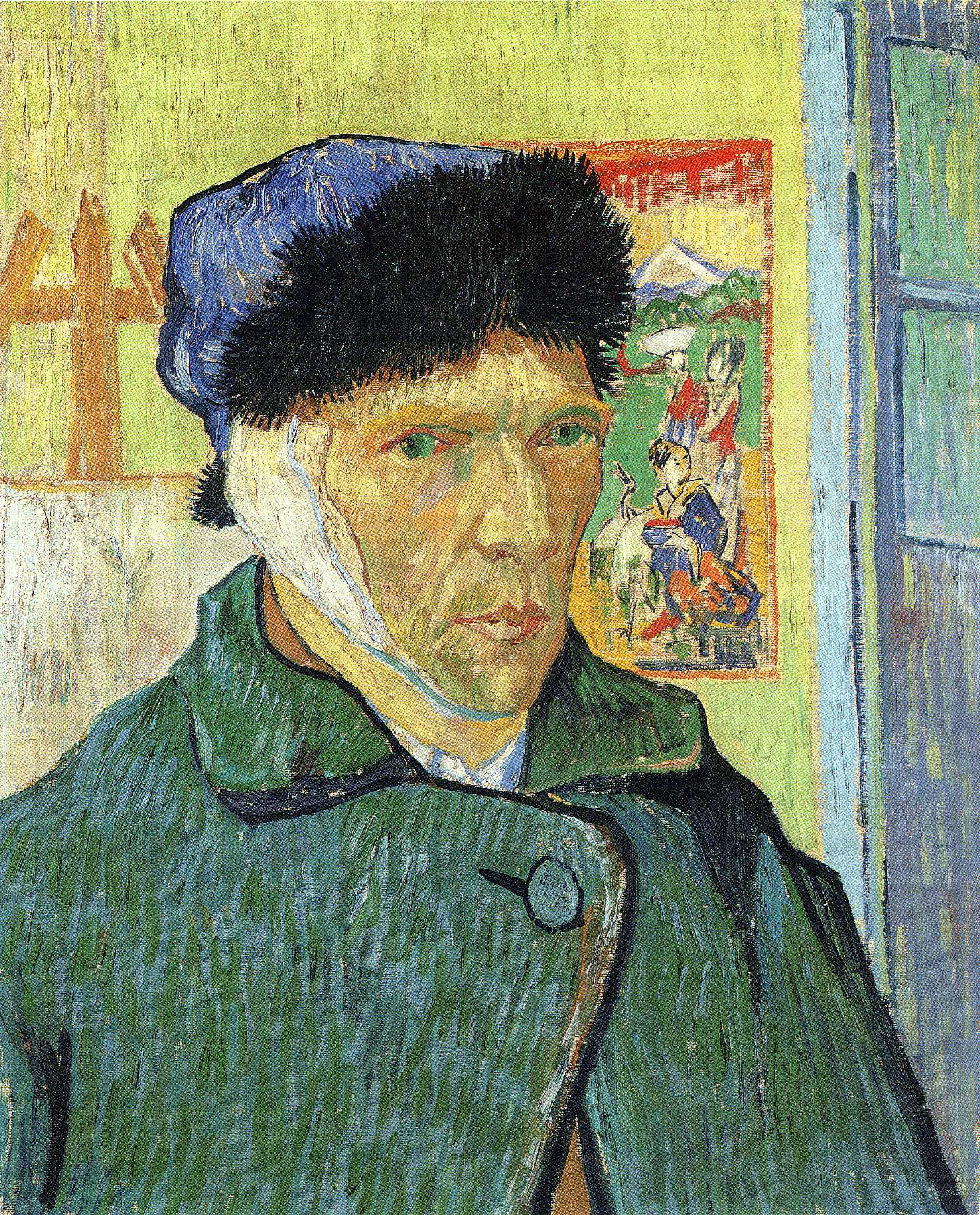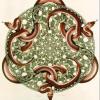So besides 9-me-BC what else would you suggest to rebuild the brain from this sort of damage?
Maybe Inositol and Forskolin. Inositol at 5 grams a day to start...spread throughout..maybe work up to 8-10grams or more.
Pharmacol Biochem Behav. 2001 Feb;68(2):245-53.
Chronic inositol increases striatal D(2) receptors but does not modify dexamphetamine-induced motor behavior. Relevance to obsessive-compulsive disorder.AbstractA large body of evidence suggests that the neuropathology of obsessive-compulsive disorder (OCD) lies in the complex neurotransmitter network of the cortico-striatal-thalamo-cortical (CSTC) circuit, where dopamine (DA), serotonin (5HT), glutamate (Glu), and gamma-amino butyric acid (GABA) dysfunction have been implicated in the disorder. Chronic inositol has been found to be effective in specific disorders that respond to selective serotonin reuptake inhibitors (SSRIs), including OCD, panic, and depression. This selective mechanism of action is obscure. Since nigro-striatal DA tracts are subject to 5HT(2) heteroreceptor regulation, one possible mechanism of inositol in OCD may involve its effects on inositol-dependent receptors, especially the 5HT(2) receptor, and a resulting effect on DA pathways in the striatum. In order to investigate this possible interaction, we exposed guinea pigs to oral inositol (1.2 g/kg) for 12 weeks. Subsequently, effects on locomotor behavior (LB) and stereotype behavior (SB), together with possible changes to striatal 5HT(2) and D(2) receptor function, were determined. In addition, the effects of chronic inositol on dexamphetamine (DEX)-induced motor behavior were evaluated. Acute DEX (3 mg/kg, ip) induced a significant increase in both SB and LB, while chronic inositol alone did not modify LA or SB. The behavioral response to DEX was also not modified by chronic inositol pretreatment. However, chronic inositol induced a significant increase in striatal D(2) receptor density (B(max)) with a slight, albeit insignificant, increase in 5HT(2) receptor density. This suggests that D(2) receptor upregulation may play an important role in the behavioral effects of inositol although the role of the 5HT(2) receptor in this response is questionable.
PMID: 11267629 [PubMed - indexed for MEDLINE]
Cell Mol Neurobiol. 1997 Oct;17(5):547-55.
Molecular mechanisms underlying forskolin-mediated up-regulation of human dopamine D2L receptors.Abstract1. Human dopamine (DA) D2long (hD2L) receptors, expressed by Ltk- cells, can be up-regulated by treating the cells with forskolin for 16 hr (Johansson and Westlind-Danielsson, 1994). We have examined some of the molecular mechanisms underlying this forskolin-mediated up-regulation. 2. Forskolin (100 microM, 16 hr), but not 1,9-dideoxyforskolin, a forskolin analogue that is unable to activate adenylyl cyclase and raise intracellular cAMP concentrations, up-regulates the hD2L receptor population by 43%. The implication of a cAMP-dependent increase in the receptor up-regulation was further substantiated by treating the cells with 8-bromo-cAMP or prostaglandin E1 (PGE1). The forskolin-mediated rise in receptor number was blocked by cycloheximide or an antisense phosphorothioate oligodeoxynucleotide (ODN) directed toward the hD2L mRNA. KT5720, a specific protein kinase A (PKA) inhibitor, completely blocked the receptor rise, whereas pertussis toxin (PTX) attenuated the increase considerably. Forskolin also produced an increase in the level of the DA hD2short (hD2S) receptor expressed by Ltk- cells. This increase was 2.5-fold higher than that found for the hD2L receptor. 3. The forskolin-mediated hD2L receptor rise is dependent on de novo protein synthesis, a rise in cAMP levels, PKA activation, and, at least partially, PTX-sensitive G proteins. 4. Long-term increases in intracellular cAMP levels may change the sensitivity of a DA receptor expressing cell to DA by increasing D2 receptor density through enhanced cAMP-dependent transcription.
PMID: 9353595 [PubMed - indexed for MEDLINE]
































 This topic is locked
This topic is locked
























